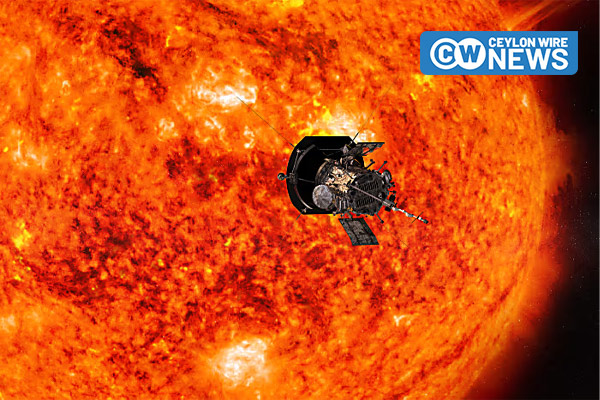NASA announced on Friday that its Parker Solar Probe is “safe” and operating normally after achieving a historic milestone. The spacecraft successfully completed the closest-ever approach to the Sun by any human-made object on December 24, passing just 3.8 million miles (6.1 million km) from the solar surface.
This close approach brought the spacecraft into the Sun’s outer atmosphere, known as the corona, where it will help scientists gain a deeper understanding of Earth’s closest star. The Johns Hopkins Applied Physics Laboratory in Maryland received a beacon signal from the spacecraft just before midnight on Thursday, confirming its safe passage.
NASA indicated that the spacecraft is expected to send detailed telemetry data about its status on January 1.
The Parker Solar Probe, traveling at speeds of up to 430,000 mph (692,000 kph), withstood extreme temperatures of up to 1,800°F (982°C) during its flyby. According to NASA, this close-up study of the Sun will allow the spacecraft to measure how material in this region is heated to millions of degrees, trace the origin of the solar wind (a continuous flow of material escaping the Sun), and investigate how energetic particles are accelerated to near light speed.
Launched in 2018, the Parker Solar Probe has been gradually moving closer to the Sun, using Venus flybys to tighten its orbit and gather crucial data to further understand the solar system’s star.
Source: Reuters











